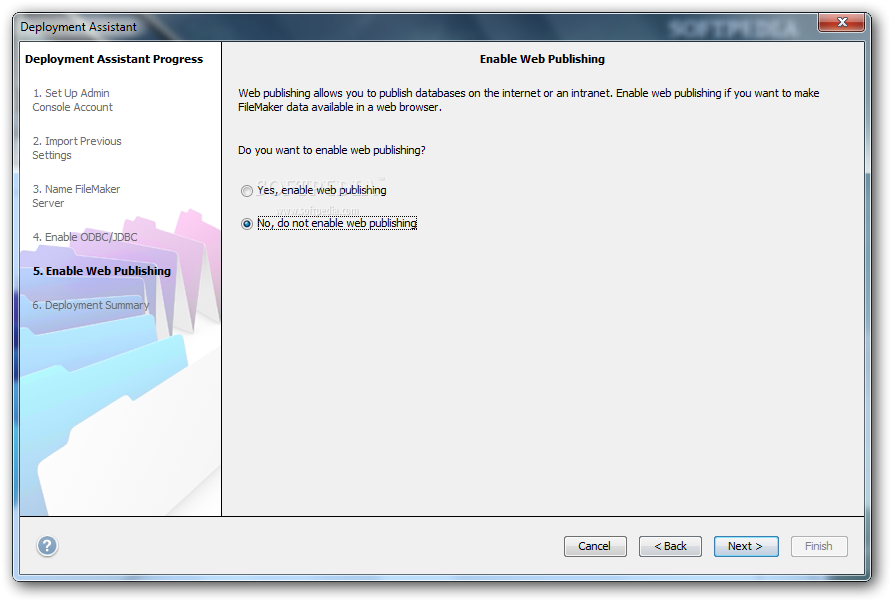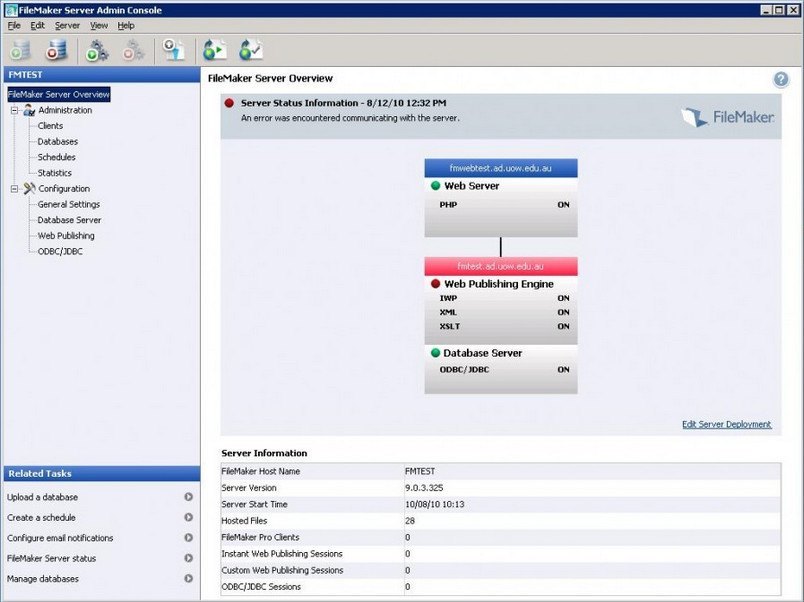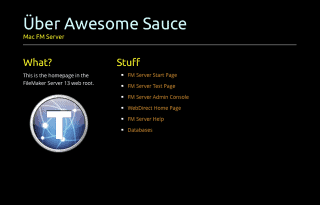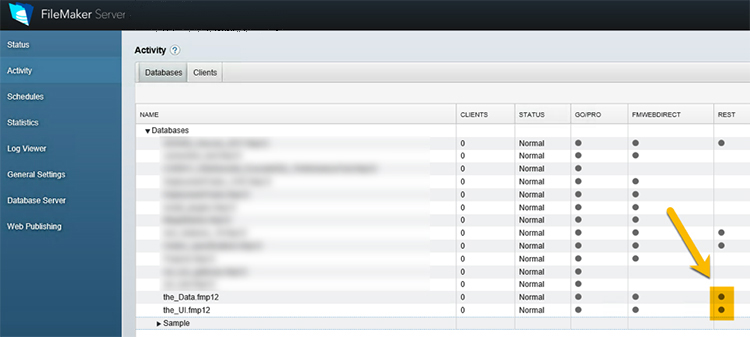
That sounded easy enough but we had a tough time getting all of the services working at the same time. Therefore to ensure the Apache instance used by FileMaker Server works normally, you may need to configure any other HTTP services to use different ports from the ports that FileMaker Server uses, disable other HTTP services, or uninstall the OS X Server application. If you have the OS X Server application installed and use it to enable any HTTP services (for example, websites or the wiki), the existing Apache instance may be re-enabled after FileMaker Server is installed. The documentation goes on to say that you can re-enable other non-FileMaker HTTP services as long as you configure them to use different ports:

From FileMaker® Server 13 Getting Started Guide, page 72

If you have enabled the Apache web server that is already installed with OS X, the FileMaker Server installer prompts you to let it disable any existing website using port 80 or 443 before it can continue. In fact, the FileMaker Server installer creates its own instance of the Apache web server on both the master and worker machines and configures this web server to use port 80 for HTTP and port 443 for HTTPS on the master machine, the installer also configures its Apache web server to use port 16000 for Admin Console via HTTPS. The problem of course is that FMS 13 takes over ports 80 and 443: Oh - and we also run the Rumpus FTP server (which includes a web interface) from that same machine. After reading some things online I'm not sure I'd do it for a client in a production setting but, for our own internal and testing purposes, we wanted to run FMS 13 and host some websites from the same box.


Running Apache Alongside FileMaker Server 13 It seems like there are a few FileMaker developers that want to run FileMaker Server 13 (for hosting FileMaker databases) and the Apache in the OS X Mavericks Server app (for hosting non-FileMaker/WebDirect websites) on the same OS X Mavericks server.


 0 kommentar(er)
0 kommentar(er)
